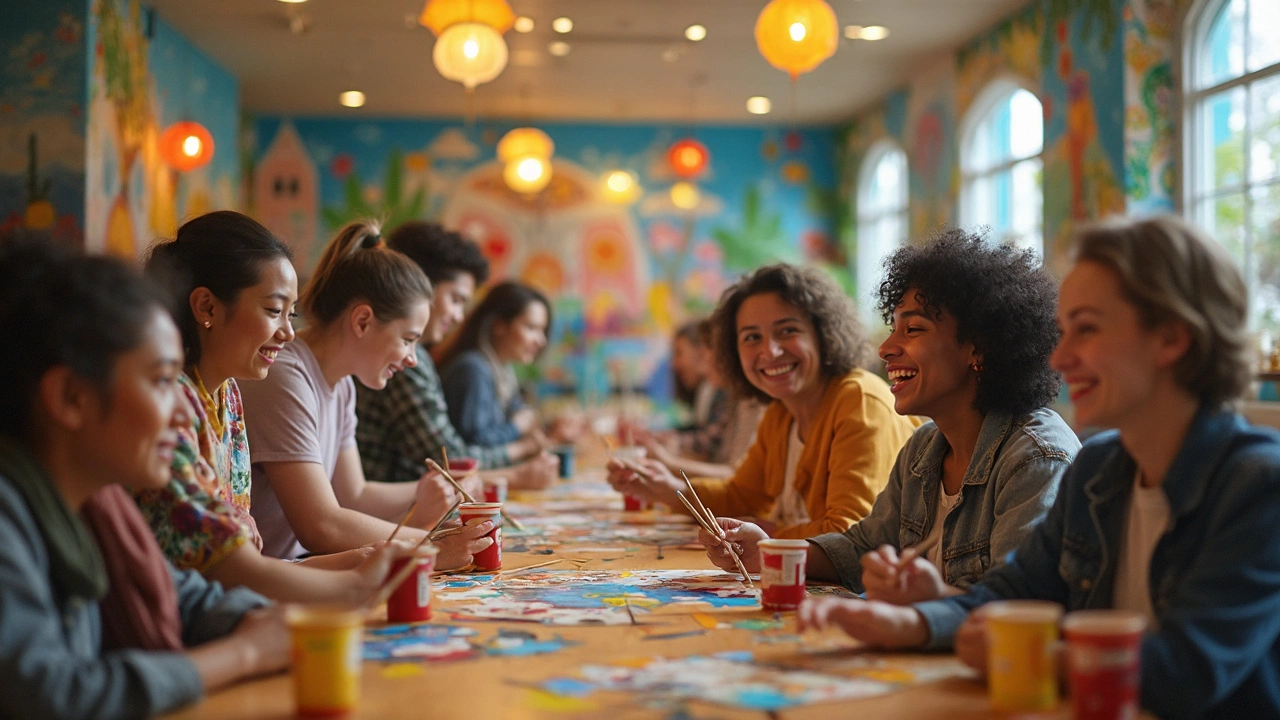Diversity in Volunteering – Why It Matters and How to Make It Happen
Ever wondered why some volunteer groups look the same while others buzz with different ages, cultures, and skills? That’s not an accident. A mix of people brings fresh ideas, stronger problem‑solving, and a wider reach into the community.
When a charity only draws from one demographic, it can miss out on insights that would help it serve more people. Inclusive volunteering also builds trust – if a community sees itself reflected in the volunteers, they’re more likely to accept help and even join in.
Common Barriers to Inclusive Volunteering
First, think about the obstacles that stop people from different backgrounds from stepping up. Language gaps, inaccessible venues, and rigid scheduling are big culprits. For example, a single‑parent might not be able to volunteer on weekday mornings, and a non‑native speaker may feel uncomfortable if all training materials are only in English.
Another hurdle is perception. Some folks assume volunteering is only for retirees or people with lots of free time. That stereotype discourages younger professionals or students who could offer valuable tech skills or fresh perspectives.
Practical Steps to Attract and Keep Diverse Volunteers
1. Speak their language. Offer information in multiple languages and use simple, clear wording. Include images that show a range of ages, ethnicities, and abilities.
2. Make roles flexible. Create short‑term, micro‑tasks that fit around work or school. Even a few hours a month can be a stepping stone to longer commitments.
3. Choose accessible locations. Meet in community centres, libraries, or online platforms that are easy to reach by public transport. Check that venues have ramps and clear signage.
4. Provide training that respects different learning styles. Use videos, hands‑on demos, and buddy systems. Pair a new volunteer with a seasoned one who can answer questions in a friendly, informal way.
5. Celebrate cultural differences. Invite volunteers to share their traditions during events. A potluck with dishes from various backgrounds not only feeds people but also builds connections.
6. Listen and adapt. Regularly ask volunteers what’s working and what isn’t. Simple surveys or quick check‑ins can reveal hidden barriers before they become deal‑breakers.
7. Show impact. Share stories of how diverse volunteers have helped the cause. When people see real results tied to their unique contributions, they’re more likely to stay.
By weaving these steps into your recruitment and retention plan, you’ll create a volunteer pool that mirrors the community you serve. That diversity fuels creativity, expands reach, and ultimately makes the charity more effective.
Ready to broaden your volunteer base? Start by reviewing your current outreach materials – are they inclusive enough? Then pick one of the tips above and put it into action this week. Small changes add up, and before you know it, your group will be a vibrant, welcoming space for everyone.

What Race Volunteers the Most? Surprising Truths About Volunteering Trends
Ever wondered which racial groups are most active in volunteering? This article digs into the latest stats, busts common myths, and shows what really motivates people to help out. You'll discover why some groups get counted more than others, how cultural differences shape volunteering, and tips for getting involved—no matter who you are. Get ready for a fresh look at generosity across America.